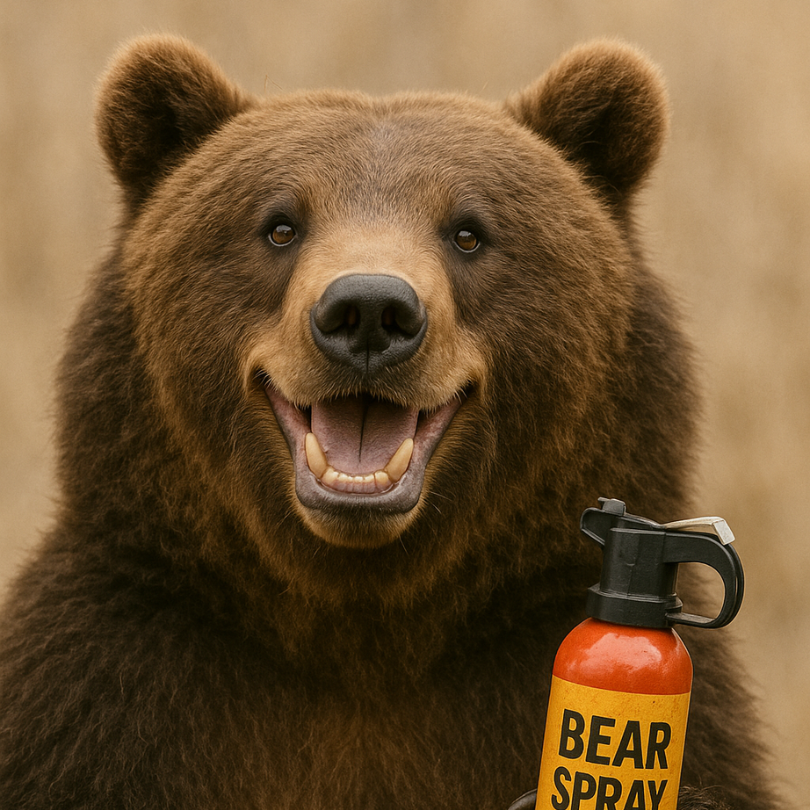Your Cart is Empty
Mon - Sat 10AM to 6 PM - Sunday 12PM-5PM

Before opening a consignment shop we had very little experience with the consignment process personally. The little bit we had experienced was difficult and time consuming. On one occasion we had to make an appointment months in advance and with the other, we dropped our stuff and did not hear back on whether or not they would take it for nearly 6 weeks. So when we opened up, we knew we wanted to do it differently!
Here at Durango Outdoor Exchange you never need an appointment to drop off your gear and outdoor apparel. You can swing by anytime we are open that is convenient for you. We have a trained employee at the consignment counter all hours of the day, ready to discuss the consignment process and look through your goods. We will let you know right then and there if we believe we will be able to sell an item and if so at what price range. You’ll fill out one simple piece of paperwork, get the details explained and be on your way. When your stuff sells, you can swing by to grab a check or use it towards store credit for a 10% bonus.
Since you are sharing a percentage of the sale with us, we want the process to be truly simple. We won’t call you with extra customer questions or try to haggle with you over the phone after you drop it off. Once it’s here, it is our job to sell it on your behalf. Rest easy that it is taken care of and we are doing our best to move it along to someone who can use it to get outside!
Due to the simplicity of the process and various customer schedules, we do get consignment items in all day, most days. However, if you are looking to drop off in a hurry there are certain times that can and should be avoided as there is often a line at the consignment counter. Each day between and 12pm and 3pm we get to say hello to many folks as they wait to drop off their goods. However, if you come in between 9am and 11am it’s most likely you’ll be on your way in a flash.
Simplicity, accessibility and transparency are the values we want our consignment process to convey. We are here for you to sell you gear, find a new adventure and get outside. We appreciate each and every consignor and enjoy getting to know you all when you bring in your gear.

If you are camping in bear country, or in any place where food storage is a concern, you should strongly consider using a bear canister–a storage system that is built to keep bears out of your food. And in some places, particularly parks in California, Montana, Colorado, and Washington,backcountry campers are required to have and use bear canisters.
While you may get lucky by hanging your food in a sack from a tree, this is not permitted in many areas and virtually impractical in many alpine anddesert backpacking zones. Bear canisters are the preferred method for storing food and other smelly items, but there are many kinds to be aware of. Let’s look at them in more detail.

For many hikers, summiting one of Colorado’s 14,000-foot peaks is a lifetime achievement. Others make it their entire personality, working for years and even decades to climb all of them. Some make a goal of climbing them all in a single season while others try to ski them all.
The problem with climbing 14ers for many people is that they are difficult–and we’re not just talking about the thin air. Of the 58 in Colorado, about one-third entrail considerable exposure and require skilled route-finding and ascent/descent skills. About half have either moderate or considerable challenges. Just eight are considered “easy.”
Hikers looking to summit a 14er near Durango will find four that rank generally as easy or the easy end of moderate. They are all in the same two canyons and can be climbed by someone with decent fitness, good shoes, and a penchant for waking up early. The roads to access all these peaks are part of the Alpine Loop and can be driven from Silverton in a four-wheel drive such as a Tacoma, but are generally not in all-wheel drives like Subarus.
Ready? Here goes!